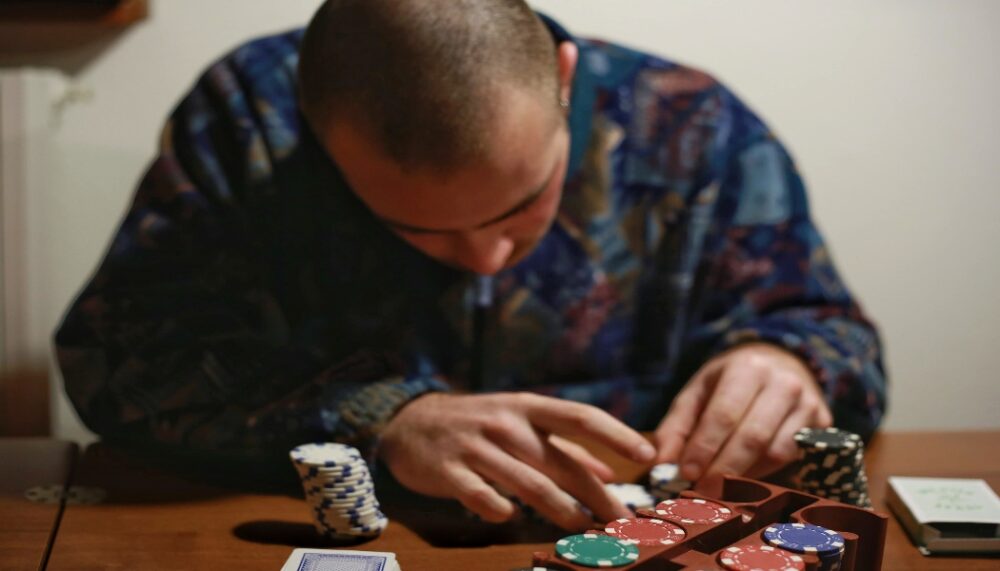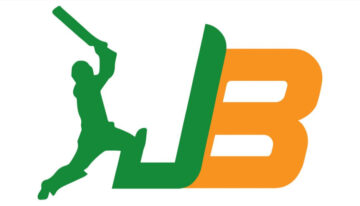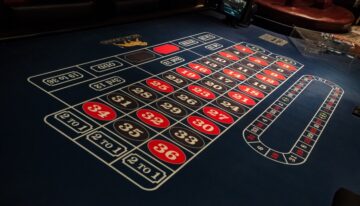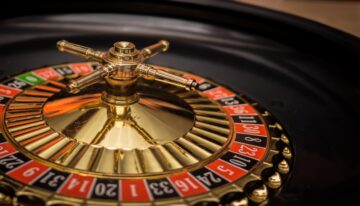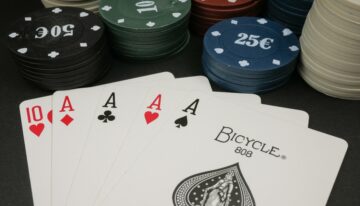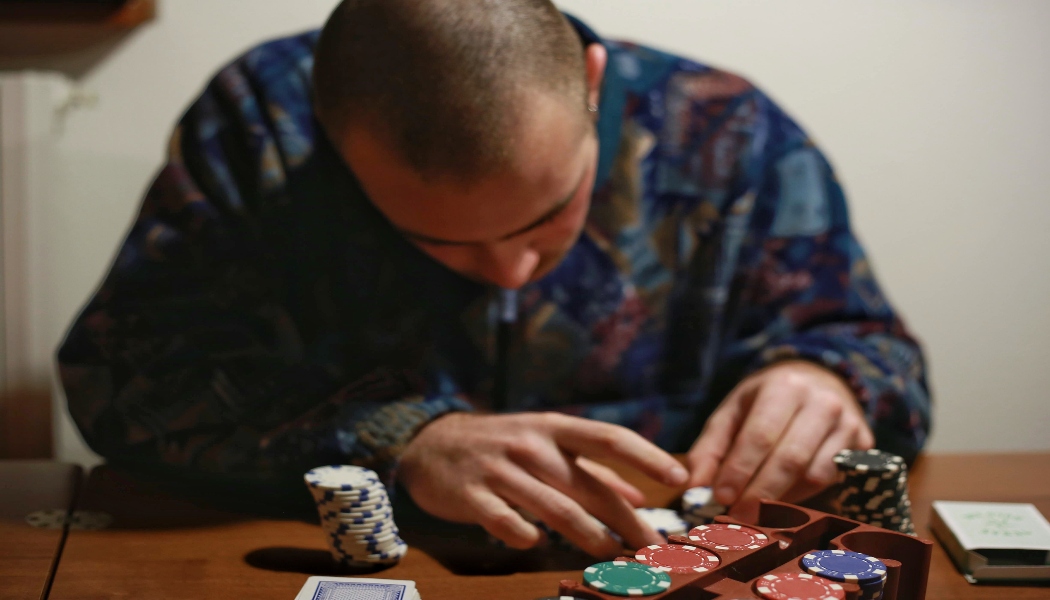
Poker, a sport of talent, method, and psychological acumen, regularly includes the usage of the bluff as a strategic device. Bluffing is an essential component of poker, allowing players to misinform warring parties approximately the strength in their hand and benefit an aggressive part. The artwork of the poker bluff isn’t always a guaranteed achievement, and knowledge of the dynamics of why a poker bluff might not correctly paint is paramount for any participant aiming to master this nuanced thing of the game However, no longer all poker bluffs are successful. Therefore, expertise in the reasons behind useless bluffs is crucial for any poker participant seeking to master the artwork of deception.
The Essence of a Poker Bluff:
At its centre, a poker bluff involves representing a more potent hand than what a participant truly holds. Inducing warring parties to fold superior fingers or, no less than, encouraging them to question the electricity of their very own playing cards. The fulfillment of a bluff hinges on the potential to persuade opponents that the bluffer’s hand is formidable. In spite of capacity weaknesses. However, numerous elements can contribute to a poker bluff falling short of its supposed impact.
A player’s desk image plays a pivotal position in the fulfillment of a bluff. If a player has consistently portrayed a decent and conservative style of play, attempting a sudden and competitive bluff may additionally boost eyebrows. Opponents are likely to question the sudden departure from the hooked-up picture. Making it challenging to sell the illusion of a strong hand.
Lack of Context Awareness:
Bluffing isn’t a one-length-fits-all strategy; its achievement is deeply intertwined with the context of the sport. Factors inclusive of the community playing cards, fighters’ playing styles, and the overall dynamics of the hand should have an effect on the selection to bluff. A poker bluff can also falter if performed without clean expertise of the contextual nuances. For instance, attempting to bluff whilst the network playing cards proposes a high chance of strong fingers amongst warring parties can result in ineffective bluffs and useless losses.
Ineffective Timing:
Timing is a crucial element in poker, and the fulfilment of a bluff often hinges on executing it at the right second. Moreover, a mistimed bluff, which includes attempting to bluff on a board that honestly favours combatants’ potential holdings, is likely to fail. A professional bluffer stays attuned to the dynamics of the sport, choosing opportune moments to execute bluffs correctly. Poor timing can result in opponents effortlessly seeing through the deception.
Overly Aggressive Opponents:
Bluffing will become difficult when going through warring parties who are certainly aggressive or will be inclined to call. Aggressive players are more likely to resist bluffs with raises or re-raises. Therefore, making it tough for a bluffer to hold control over the pot.
Inconsistent Betting Patterns:
Successful bluffers hold a delicate balance between aggression and reticence, keeping opponents unsure about the power in their hands. However, if a participant’s making bet conduct becomes erratic or deviates significantly from their usual styles. Therefore, it could act as a clean signal of a capability bluff.
Neglecting Positional Considerations:
Positional attention is an essential element of the poker approach. Thus, neglecting it is able to make a contribution to the failure of a bluff. Bluffing from an early role, wherein fighters haven’t begun to act. Therefore, is riskier than bluffing from a later position. Effective bluffers leverage their understanding of positional concerns to maximize the effect of their bluffs.
Overvaluing the Bluff:
An overcommitment to a bluff is a commonplace pitfall that could result in useless bluffs. Players can also come to be overly attached to the concept of the bluff, persisting even when the scenario turns adverse. Therefore, overvaluing a bluff can lead to immoderate having a bet, risking extra chips than essential.
Lack of Context Awareness:
Bluffing isn’t a one-size-fits-all approach. Therefore, its achievement is deeply intertwined with the context of the sport. Factors including the community playing cards, warring parties’ gambling patterns, and the overall dynamics of the hand need to impact the decision to bluff.
Conclusion –
In the end, the artwork of poker bluffing is a sensitive dance among deception, approach, and psychology. Recognizing the factors that could contribute to the failure of a poker bluff is important for players in search of to refine their abilities and increase their bluffing sport. By addressing those demanding situations, gamers can navigate the complexities of poker bluffing extra adeptly. Making sure a greater sophisticated and a hit approach to this fascinating component of the game.
Sign up for JeetWin today to gain access to a variety of casino games and win incredible prizes!
- SEO Powered Content & PR Distribution. Get Amplified Today.
- PlatoData.Network Vertical Generative Ai. Empower Yourself. Access Here.
- PlatoAiStream. Web3 Intelligence. Knowledge Amplified. Access Here.
- PlatoESG. Carbon, CleanTech, Energy, Environment, Solar, Waste Management. Access Here.
- PlatoHealth. Biotech and Clinical Trials Intelligence. Access Here.
- Source: https://creatives.jeetwin.com/2023/11/27/how-does-a-poker-bluff-will-not-effectively-work/
- 1
- a
- abilities
- able
- About
- access
- achievement
- act
- Additionally
- Addressing
- adverse
- aggressive
- Aiming
- All
- Allowing
- also
- always
- among
- amongst
- an
- and
- any
- approach
- approximately
- ARE
- artwork
- as
- At
- attention
- awareness
- balance
- BE
- become
- becomes
- begun
- behind
- benefit
- bet
- Betting
- between
- Blog
- board
- Boost
- by
- call
- CAN
- capability
- Capacity
- Cards
- Casino
- Casino Games
- Centre
- certainly
- challenging
- chance
- Chips
- Choosing
- clean
- come
- community
- Competitive
- complexities
- component
- concept
- concerns
- conduct
- consistently
- context
- contribute
- Contribution
- Control
- correctly
- could
- crucial
- dance
- deception
- decision
- demanding
- desk
- device
- difficult
- does
- dynamics
- Early
- Effect
- Effective
- effectively
- effortlessly
- electricity
- element
- elements
- encouraging
- end
- essence
- essential
- even
- execute
- executing
- expertise
- extra
- Factors
- Fail
- Failure
- falling
- falter
- fascinating
- For
- formidable
- from
- fulfillment
- gain
- Gambling
- game
- Gamers
- Games
- going
- greater
- guaranteed
- hand
- hands
- has
- Have
- having
- High
- hinges
- HIT
- hold
- HOLDINGS
- holds
- Honestly
- How
- however
- HTTPS
- if
- Illusion
- image
- Impact
- important
- in
- includes
- Including
- inclusive
- Increase
- incredible
- instance
- intertwined
- Is
- IT
- ITS
- jpg
- keeping
- knowledge
- later
- lead
- less
- Leverage
- likely
- longer
- losses
- make
- Making
- master
- maximize
- May
- Method
- might
- moments
- more
- Moreover
- navigate
- need
- neglecting
- network
- no
- not
- nuances
- numerous
- of
- often
- on
- opponents
- opportune
- or
- over
- overall
- own
- paint
- Paramount
- part
- participant
- parties
- patterns
- performed
- picture
- pivotal
- plato
- plato data intelligence
- platodata
- platogaming
- play
- player
- players
- Playing
- plays
- Poker
- poor
- position
- pot
- potent
- potential
- power
- professional
- psychological
- Psychology
- question
- raises
- reasons
- recognizing
- refine
- regularly
- representing
- result
- right
- role
- scenario
- Search
- second
- seeing
- seeking
- selection
- sell
- sensitive
- Short
- should
- significantly
- situations
- sophisticated
- Sport
- Strategic
- Strategy
- strength
- strong
- style
- Styles
- successful
- sudden
- superior
- sure
- Talent
- than
- that
- The
- The Game
- their
- Them
- therefore
- thing
- this
- those
- Through
- Thus
- timing
- to
- Today
- tough
- truly
- turns
- understanding
- up
- usage
- usual
- variety
- very
- What
- when
- whilst
- WHO
- why
- will
- win
- with
- without
- Work
- zephyrnet
